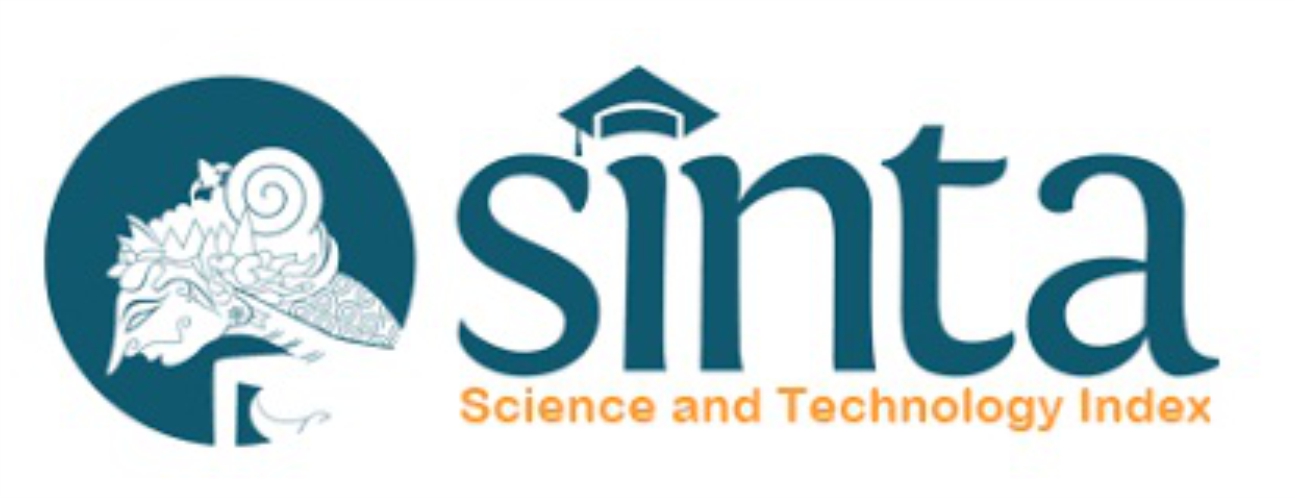CHARACTERIZATION OF MELOXICAM AND MALONIC ACID COCRYSTAL PREPARED WITH SLURRY METHOD
Abstract
Full Text:
PDFReferences
Cheney, M L., Weyna, R D., Shan, N., Hanna, M., Wojtas, L., Zaworotko, M J. 2010. Supramolecular Architectures of Meloxicam Carboxylic Acid Cocrystals, a Crystal Engineering Case Study. Florida: Crystal Growth & Design, Vol. 10, No. 10, 2010.
Gozali D., Wardhana, W Y., Shofa. 2015. Formulasi dan Evaluasi Tablet Dispersi Padat Kalsium Atorvastatin, Jurnal Pharmascience, Vol 2, No. 2, Oktober 2015, pp:63 - 70
Sanjay, A., Manohar, D., Bhanudas, R .2014. Pharmaceutical Cocrystallization: A Review. India: Journal of Advanced Pharmacy Education & Research, Vol. 4, Issue 4.
Patole, T & Deshpande, A. 2014. Co-crystallization – a technique solubility enchancement. India: International Journal of Pharmaceutical Sciences and Research 2014; Vol. 5(9): 3566-3576.
Kakran, M., Sahoo, N G., Li, L., Judeh, Z. 2012. Fabrication of quercetin nanoparticles by anti-solvent precipitation method for enhanced dissolution. Powder Technology, 223, 59-64.
Setyawan, D., Sari, R., Yusuf, H., P, Riesta. 2014. Preparation and Characterization of Atersunate-Nicotinamide Cocrystal by Solvent evaporation and Slurry method.Surabaya: Asian J Pharm Clin Res, Vol 7, Suppl 1, 2014, 62-65.
Wicaksono, Y., Wisudyaningsih, B., Siswoyo, A T. 2016. Cocrystal of Atorvastatin calcium-Malonic acid. Jember: Proceeding ICMHS 2016.
Rahman, F., Winantari, N A., Siswandono., Setyawan, D .2017. Comparison Study of Grinding and Slurry Method on Physicochemical Characteristic of Acyclovir-Succinic Acid Cocrystal. Surabaya: Asian J Pharm Clin Res, Vol 10, Issue 3, 2017, 153-158.
Veverka, M., Dubaj, T., Gallovic, J., Jorik, V., Veverkova, E., Danihelova, M., Simon, P. 2014. Cocrystals of quercetin: synthesis, characterization, and screening of biological activity. Springer, Monatsh Chem.
DOI: https://doi.org/10.18860/jip.v3i2.6140
Refbacks
- There are currently no refbacks.
Copyright (c) 2019 Yuli Ainun Najih, Bambang Widjaja, Pramudita Riwanti, Ade Ianaini Mu'alim
© 2023 Journal of Islamic Pharmacy













